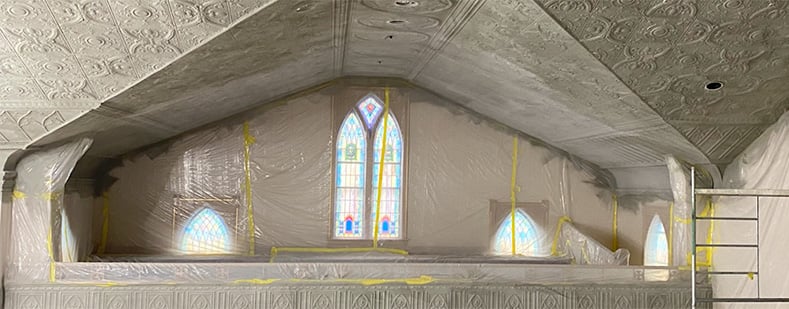Located along the main road of Steeleville, Illinois (USA), sits a charming Lutheran Church called St. Mark’s. Surrounded by both homes and businesses in the center of the small town, the Church is a well-known landmark in the community. Prior to a recent renovation, the staff at St Mark's noticed that much of the white paint was peeling off of this decorative ceiling, leaving areas of exposed tin.
Read more >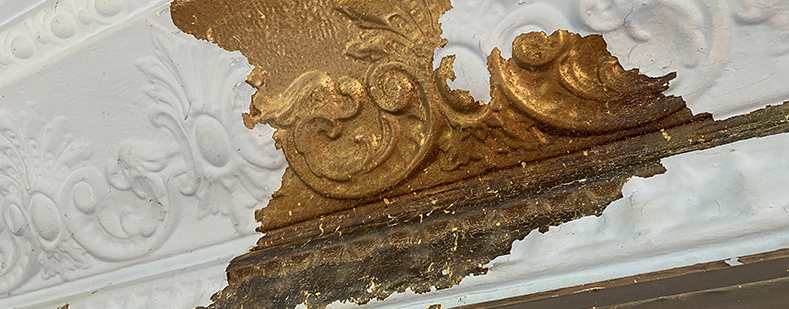
Tin ceilings are a popular decorative element in buildings, particularly in older structures. However, restoring a tin ceiling requires careful consideration and attention to detail. These ceilings are typically constructed of thin, delicate metal and can be easily damaged accidentally. Contractors that specialize in restoration should be consulted prior to the beginning of a tin ceiling restoration project.
Read more >
In the USA, some college and university campuses were founded 400 years ago, while globally some universities have been operating for nearly a millennia. Often, these institutions' most recognizable features are the unique visual characteristics of the campus' architecture. Whether these renowned structures are well-preserved originals or renovated within the last 100 years, periodic restoration, renovation, or maintenance projects are essential.
Read more >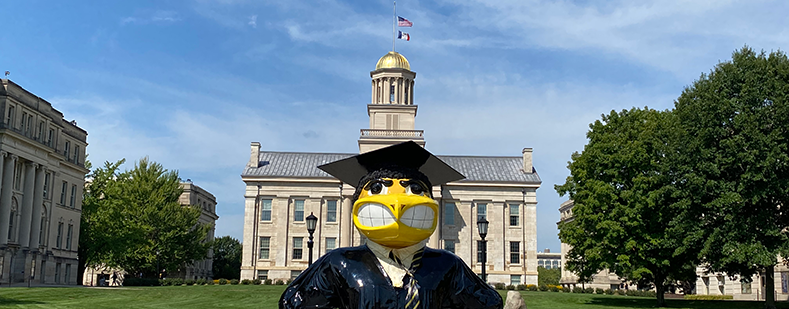
When the dome of the Old Capitol building began showing wear and tear from exposure to the extreme Midwest weather, it was critical that the existing gold leaf be removed and replaced without damaging the copper substrate.
Read more >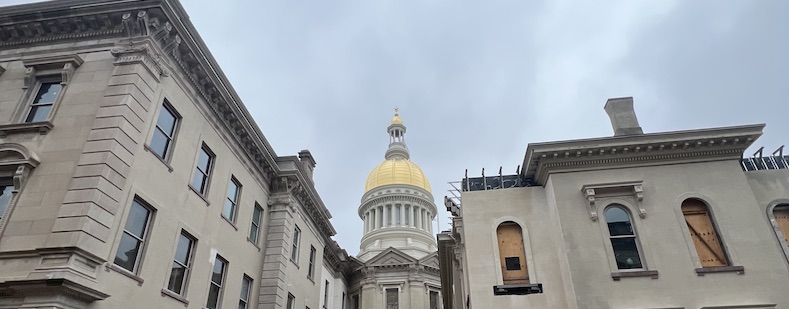
The New Jersey State House was built in 1792, and is the second oldest state house still in use. As part of a $300 million renovation, the restoration of the impressive gold dome structure was undertaken. This 160-foot tall (from floor to apex) dome is where sponge media blasting came to the rescue with the solution to a complex surface preparation and historical preservation problem.
Read more >
Fires can happen anywhere. While the cause of fires vary, every year thousands of homes, commercial properties, and industrial facilities deal with the cleanup after a blaze. In the aftermath of a fire, structural engineers and insurance companies will work together to determine if a property can be salvaged. In many cases, a fire restoration specialist will work with the owner to resurrect the property from the ashes.
Read more >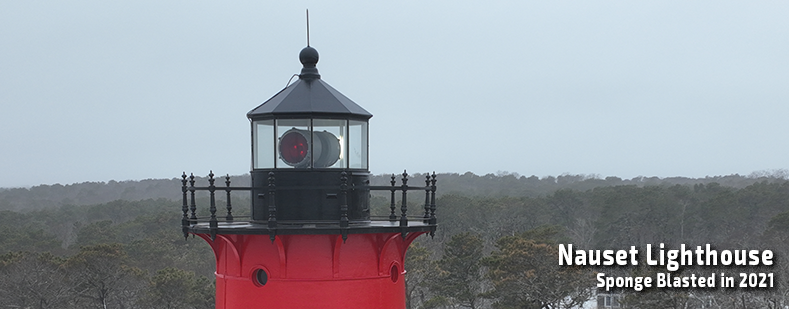
Lighthouses, once critical for safe international shipping and commerce have essentially been replaced with modern navigational tools such as radio beacons and GPS. Many lighthouses remain functional with working lanterns, used as a backup tool for mariners in instances where other navigational systems have failed.
Read more >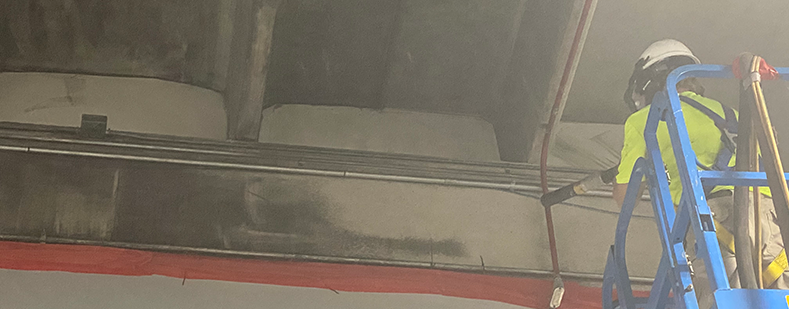
When fires occur, the immediate focus should be on preserving the health and safety of those in danger. Fire departments do amazing work saving lives and preventing fire spread throughout buildings and into nearby structures. Despite firefighters’ efforts, buildings often require robust cleaning of smoke, fire, and water damage in the aftermath.
Read more >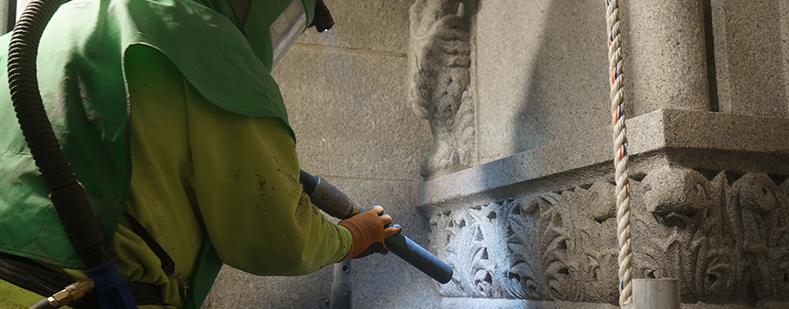
The Milwaukee Federal Building and U.S. Courthouse is one of the most recognizable buildings in the historic downtown district of Milwaukee, Wisconsin. Completed in 1899, the Richardsonian Romanesque structure was designated as a Milwaukee City Landmark in 1972 and listed in the National Register of Historic Places the following year.
Read more >
Lighthouses are subject to Mother Nature’s harshest conditions: wind, rain, and constant exposure to salt water from the pounding waves of the ocean. It comes as no surprise that these structures and their various components require routine rehabilitation and restoration.
Read more >
